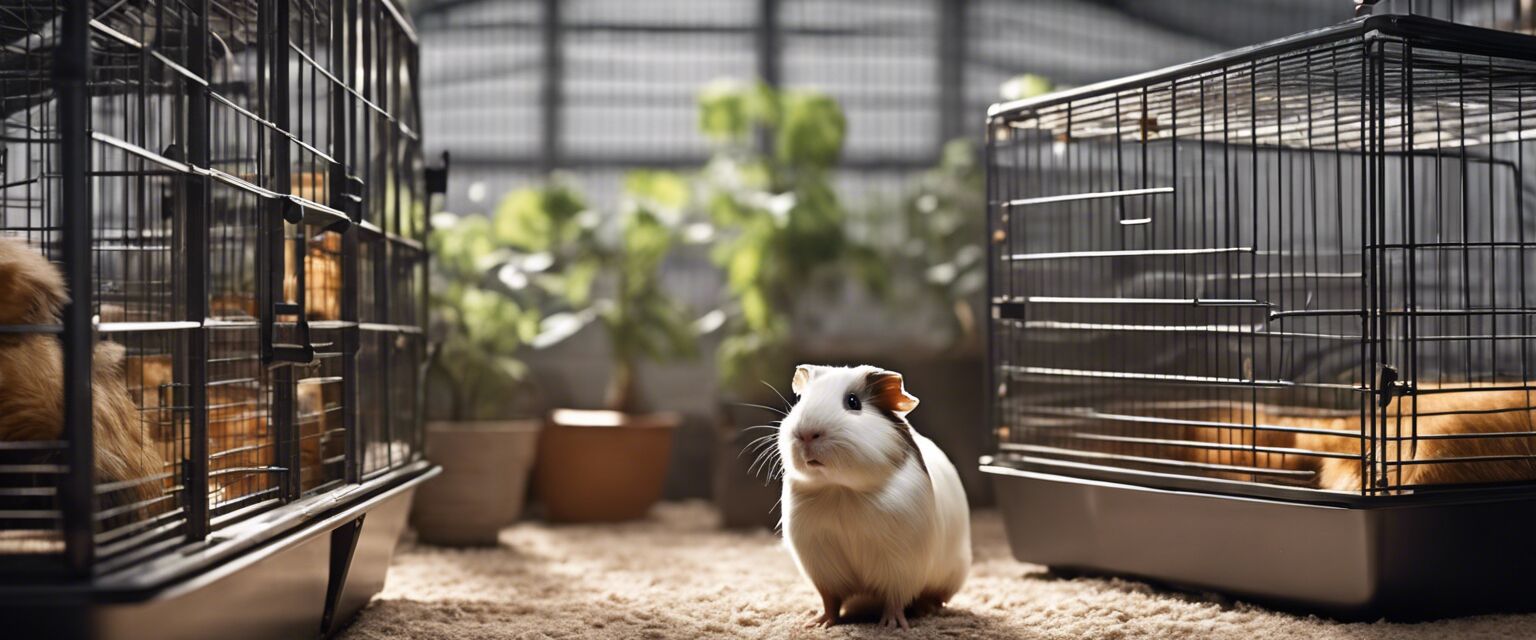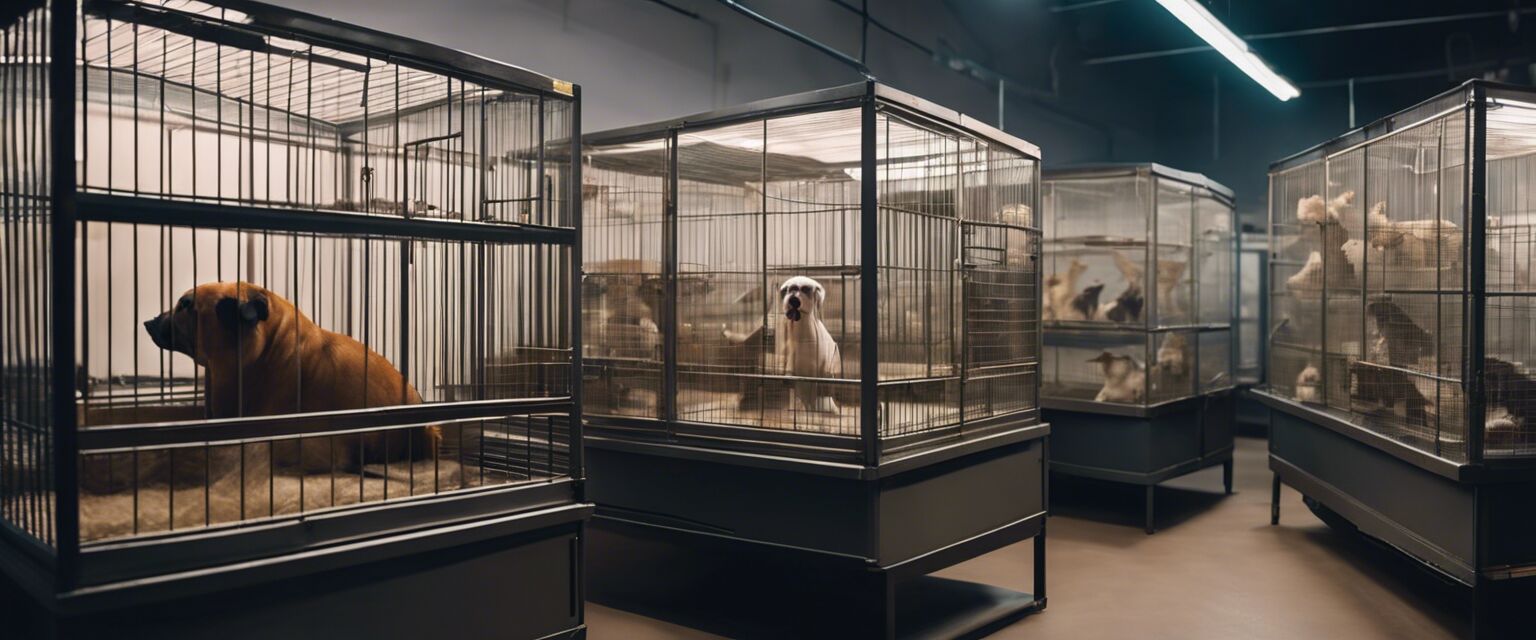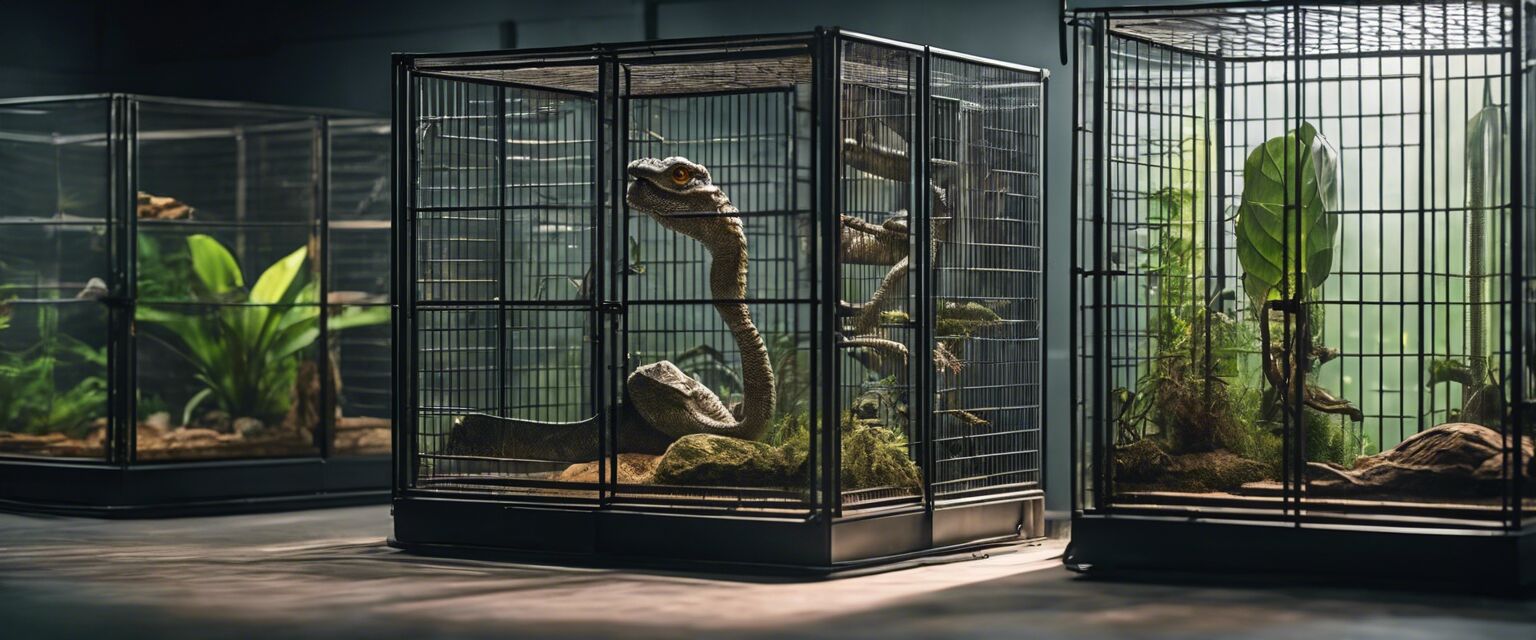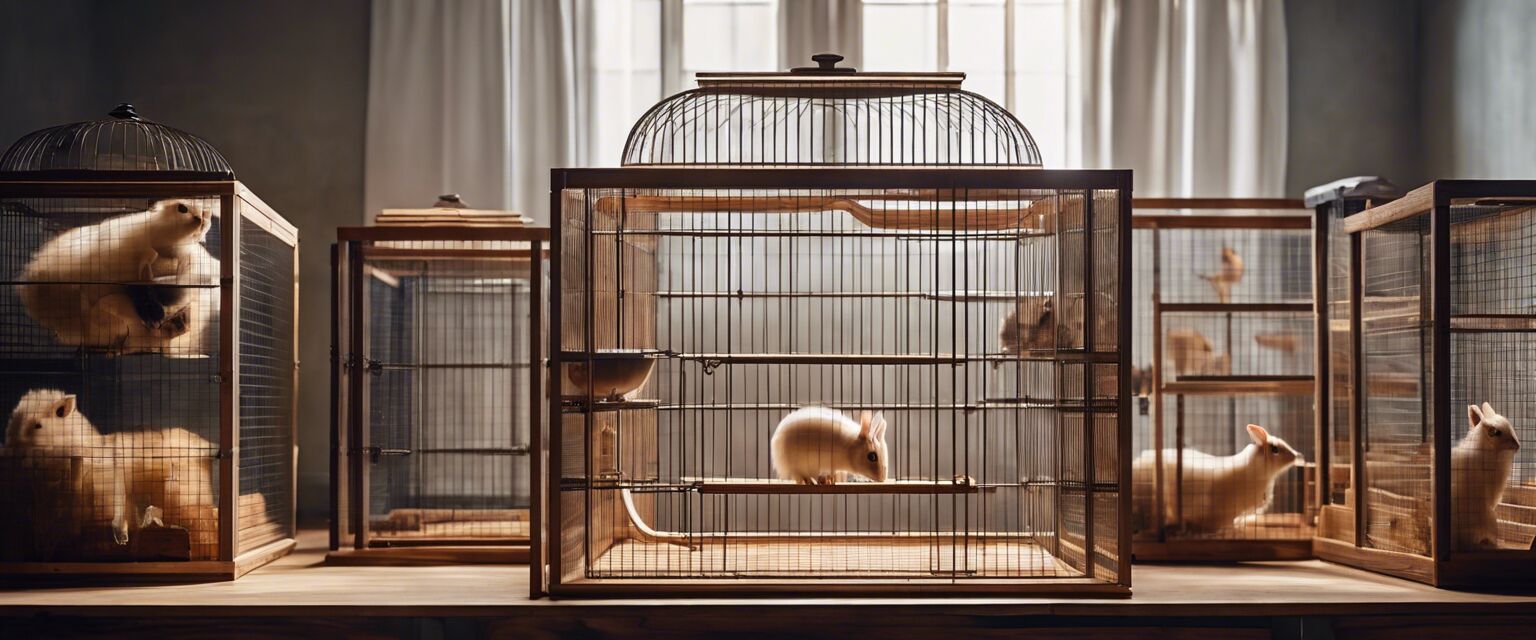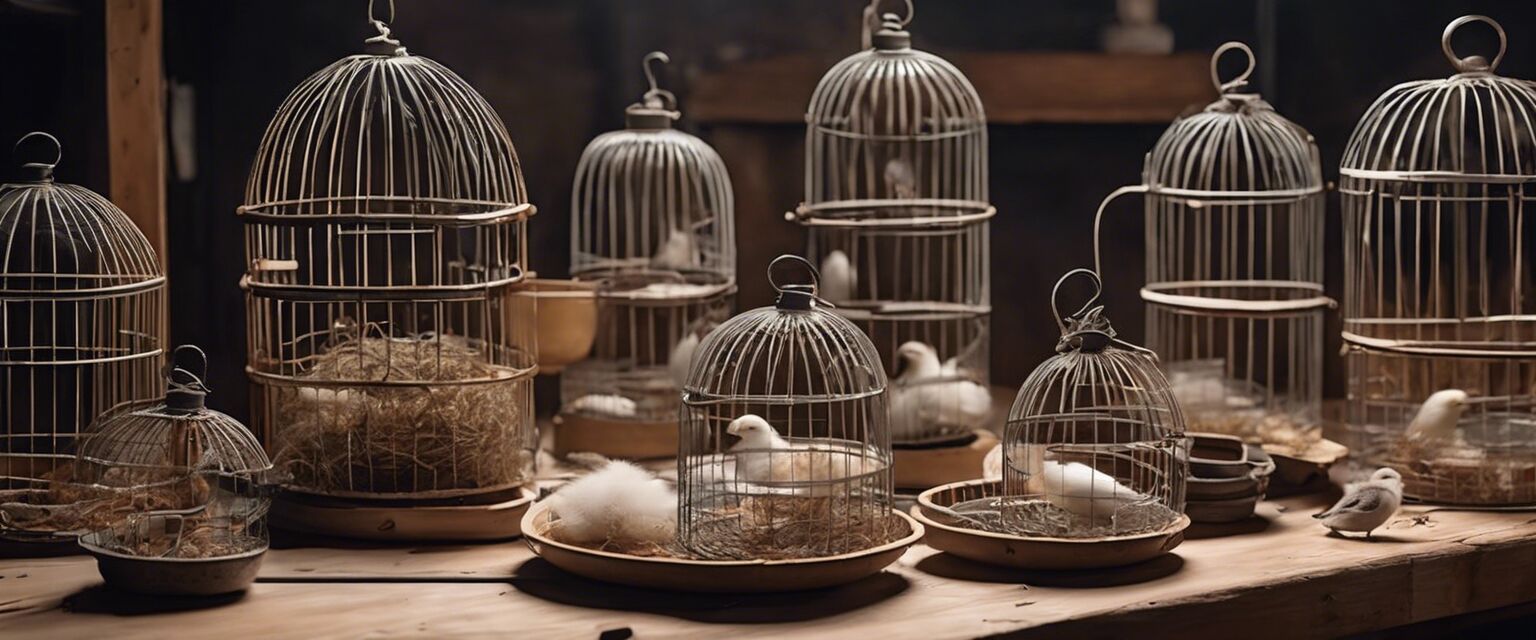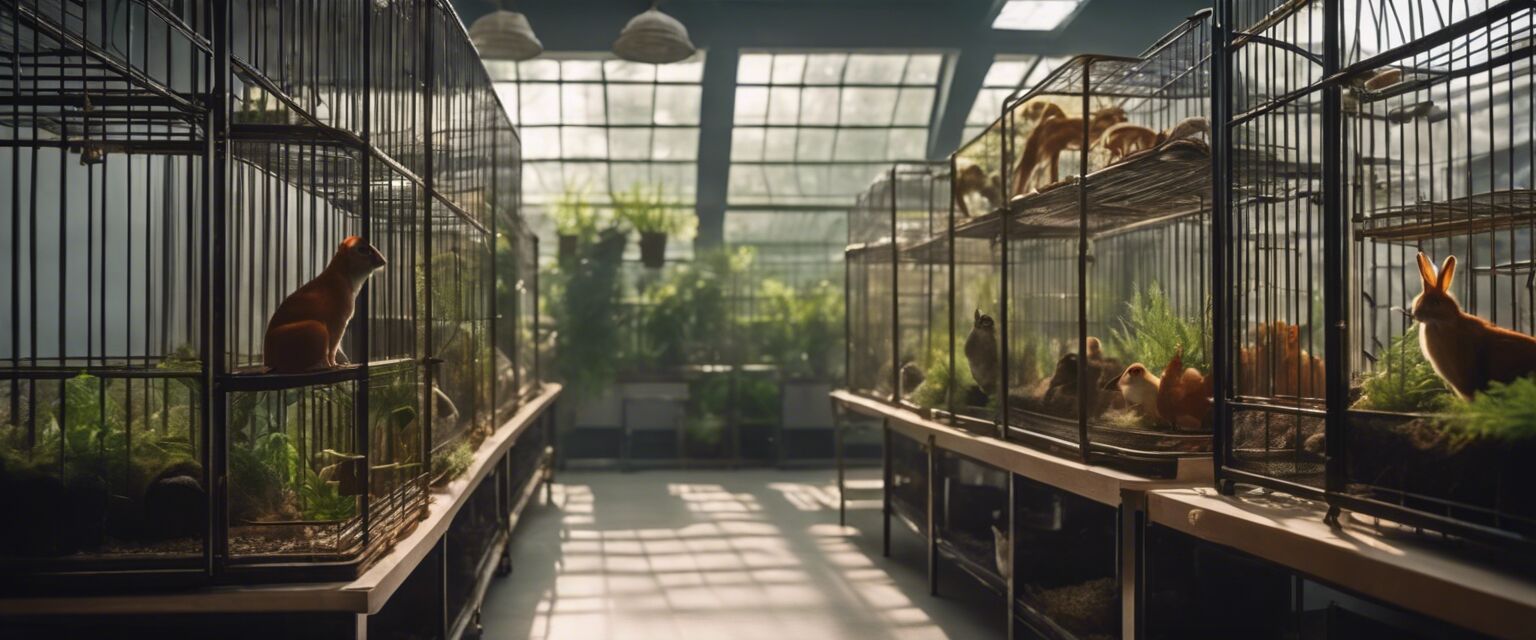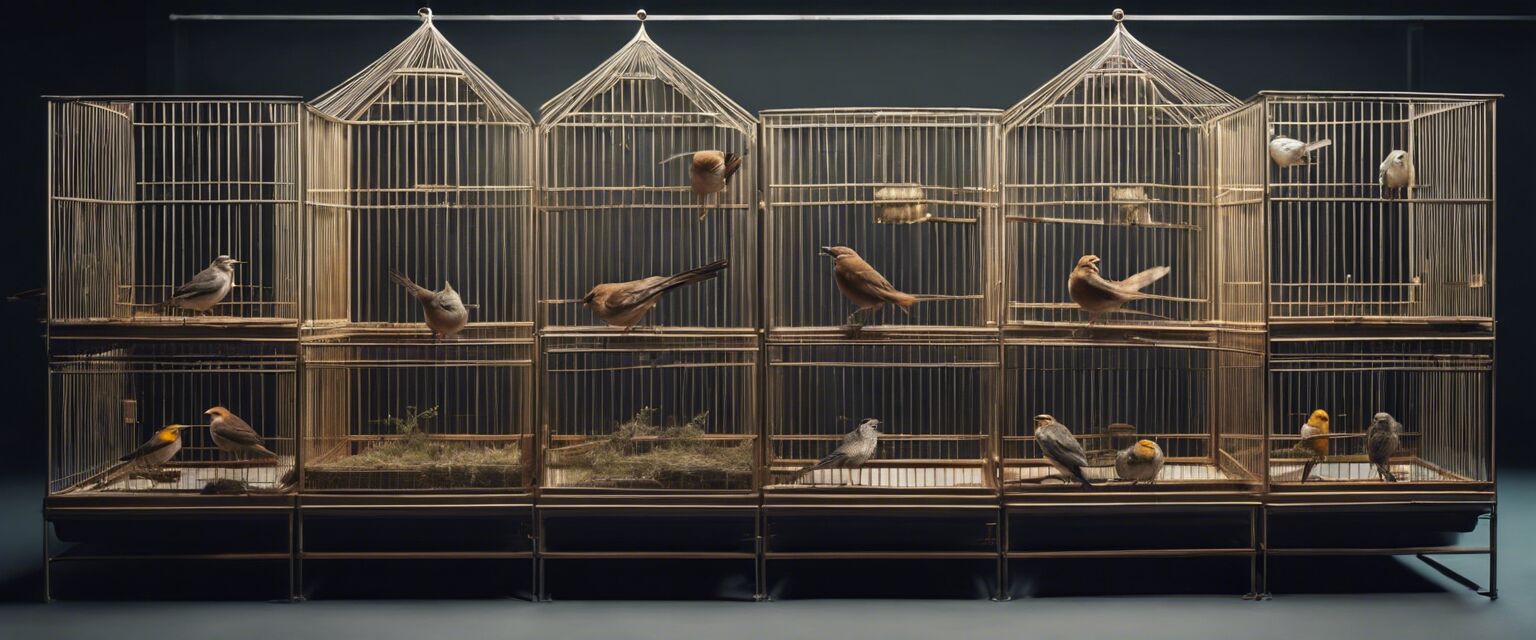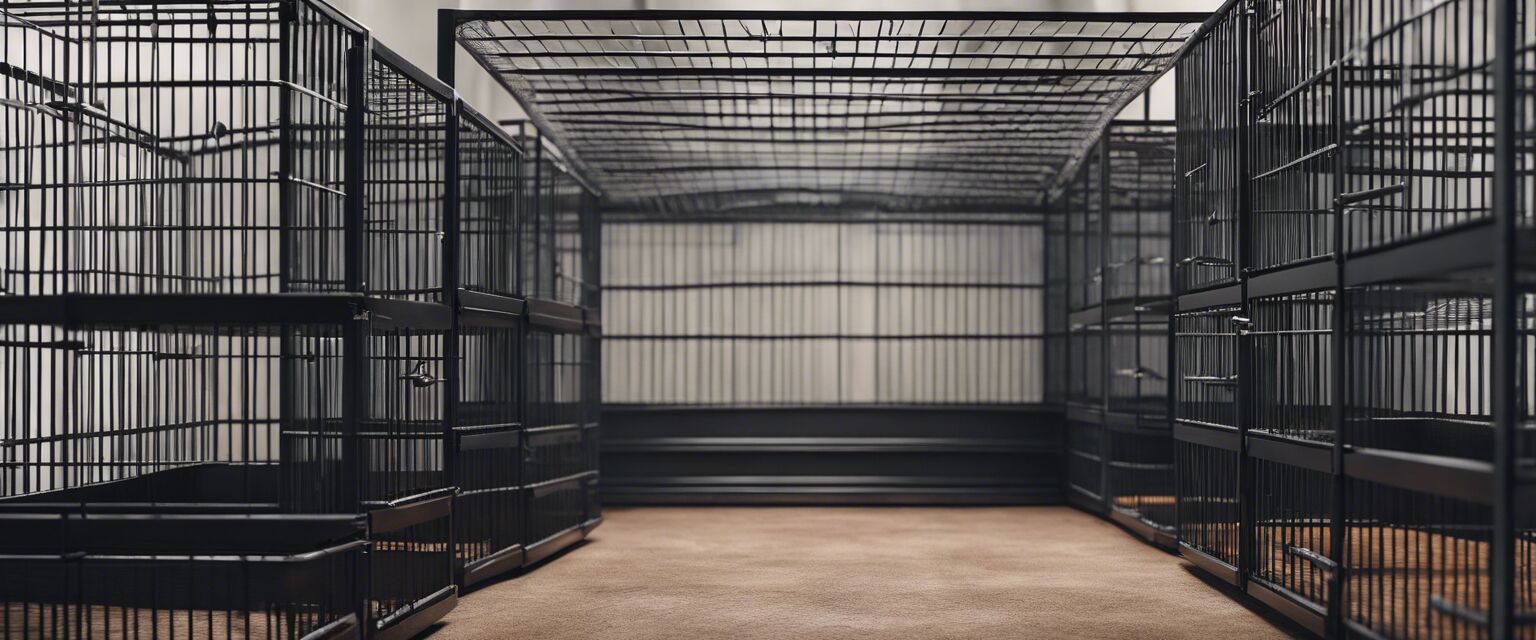
Optimal Cage Dimensions
Key Takeaways
- Cage dimensions vary significantly based on the type and size of the animal.
- Understanding the space requirements for each species can lead to a healthier environment.
- Proper ventilation and enrichment should also be considered along with size.
- Regularly monitor animals for signs of stress due to inappropriate space.
When it comes to ensuring the well-being of pet and breeding animals, understanding optimal cage dimensions is crucial. Different species and breeds require specific amounts of space to thrive, move freely, and engage in natural behaviors. This guide will discuss the ideal cage sizes for various animals and provide insights into how to set up the best environment for your pets.
Understanding Cage Dimensions
Cage dimensions are essential not only for the comfort of your animals but also for their health. Each species has unique requirements based on their size, behavior, and needs. Below are general guidelines for some common types of breeding animals:
| Animal Type | Recommended Minimum Dimensions (L x W x H) |
|---|---|
| Birds | 36" x 24" x 48" |
| Small Mammals (like rabbits) | 48" x 24" x 24" |
| Reptiles | 36" x 18" x 24" |
| Fish | 30 gallons |
| Amphibians | 20 gallons |
Ideal Cage Sizes by Animal Type
1. Birds
Birds require ample space to fly and exercise. A good minimum size for a birdcage is usually around 36" x 24" x 48". It's important to consider the specific flight patterns and social structures of each bird type.
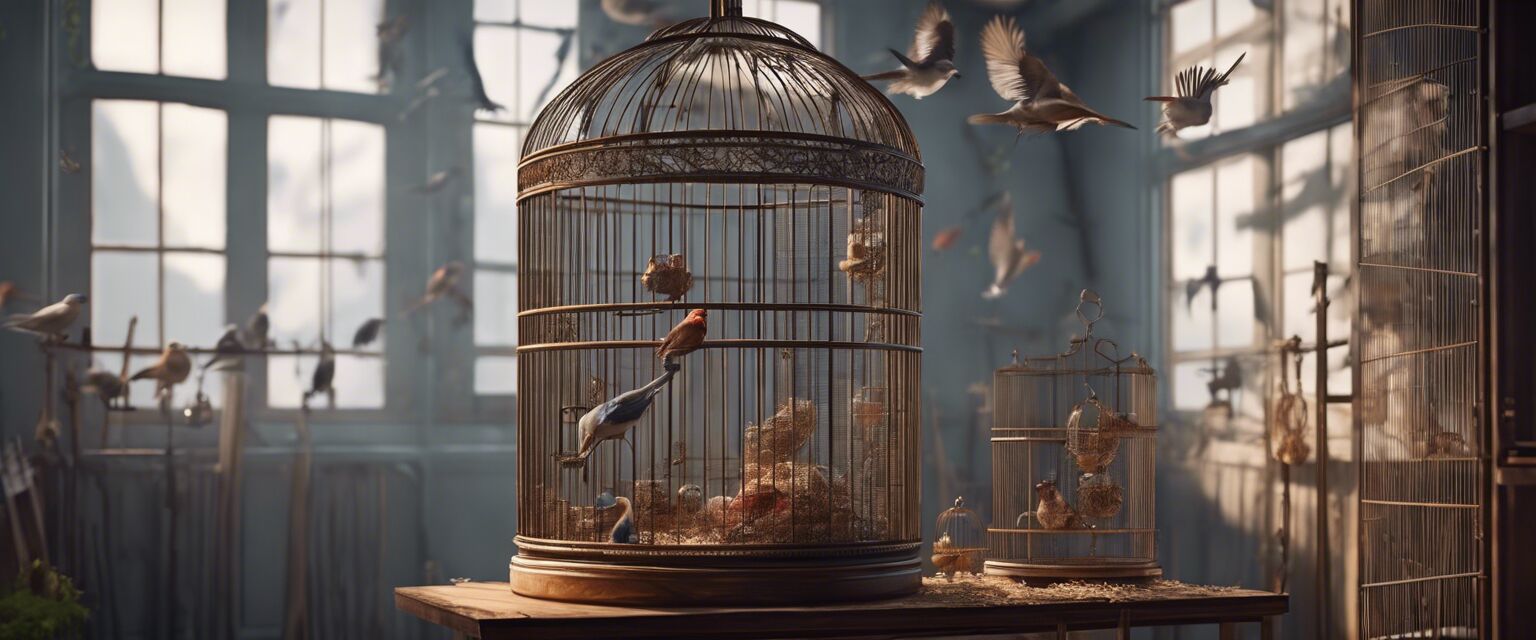
2. Small Mammals
For small mammals such as rabbits or guinea pigs, a minimum cage size of 48" x 24" x 24" is recommended. This gives them enough room to hop and play. Additionally, they need areas for hiding and burrowing.
3. Reptiles
Reptiles often require a controlled environment, including temperature and humidity levels. A minimum size of 36" x 18" x 24" is typically recommended to provide sufficient space for movement and basking spots.
4. Fish
For fish, tank size is crucial. A 30-gallon tank is commonly suggested for small community fish. This ensures enough swimming space and helps maintain water quality.
5. Amphibians
Amphibians generally thrive in a 20-gallon tank, which allows for both land and water areas. It's also important to ensure that the setup includes hiding places and plants.
Key Considerations for Cage Dimensions
Ventilation and Security
Proper ventilation is key. Ensure that cages provide sufficient airflow to prevent humidity buildup and odors. Also, consider security measures to keep your animals safe from escape or external threats.
Cage Enrichment
The use of enrichment items should not be overlooked. Adding toys, perches, and hiding places can significantly enhance the living conditions of your pets:
- Provide climbing structures for birds.
- Include tunnels for small mammals.
- Implement appropriate substrates for reptiles and amphibians.
Common Mistakes When Choosing Cage Sizes
- Underestimating the space required for multiple animals.
- Ignoring the growth potential of young animals.
- Focusing solely on the length of the cage, neglecting height and depth.
Conclusion
Choosing the right cage dimensions is just the first step in ensuring the well-being of your animals. Proper care, monitoring, and environmental adjustments can greatly influence their overall health. Always aim to replicate a natural living space as much as possible.
Pros
- Improved animal health and well-being.
- Decreased levels of stress and anxiety.
- Enhanced physical fitness of the animal.
Cons
- Higher initial costs for larger cages.
- More space required in your home.
- Possible difficulty in cleaning larger enclosures.
Tips for Beginners
- Research your specific animal breed for their unique space requirements.
- Consider both height and width when choosing a cage.
- Ensure the cage material is safe and suitable for your pet.
Further Reading
For more information on this topic, check out our guides on:
